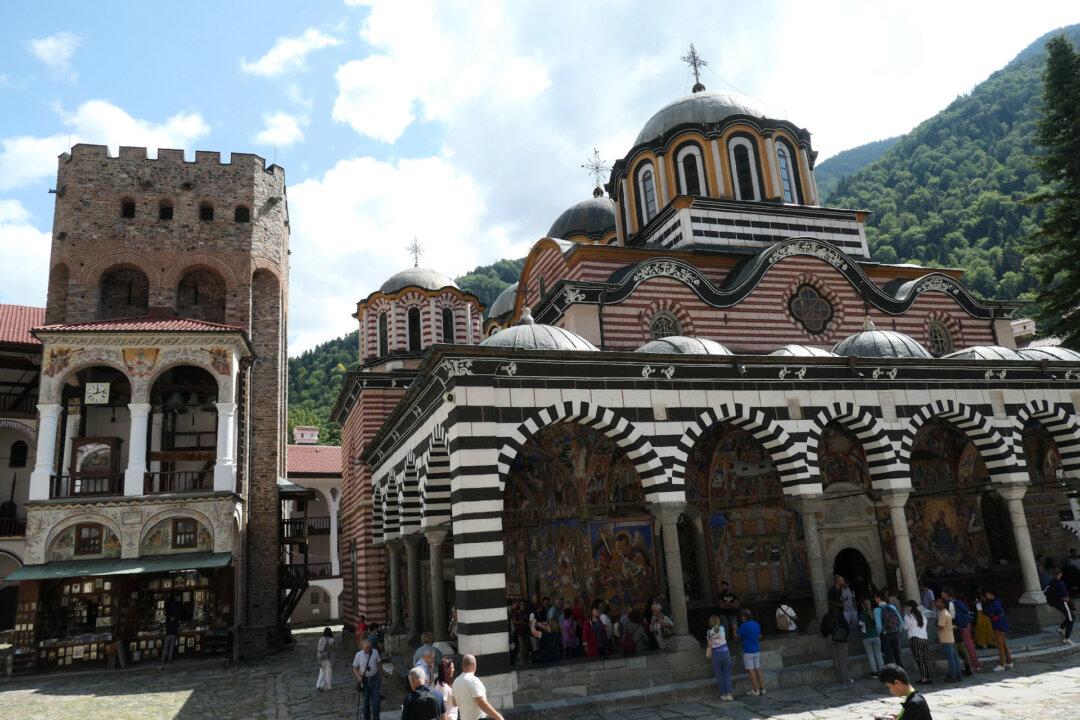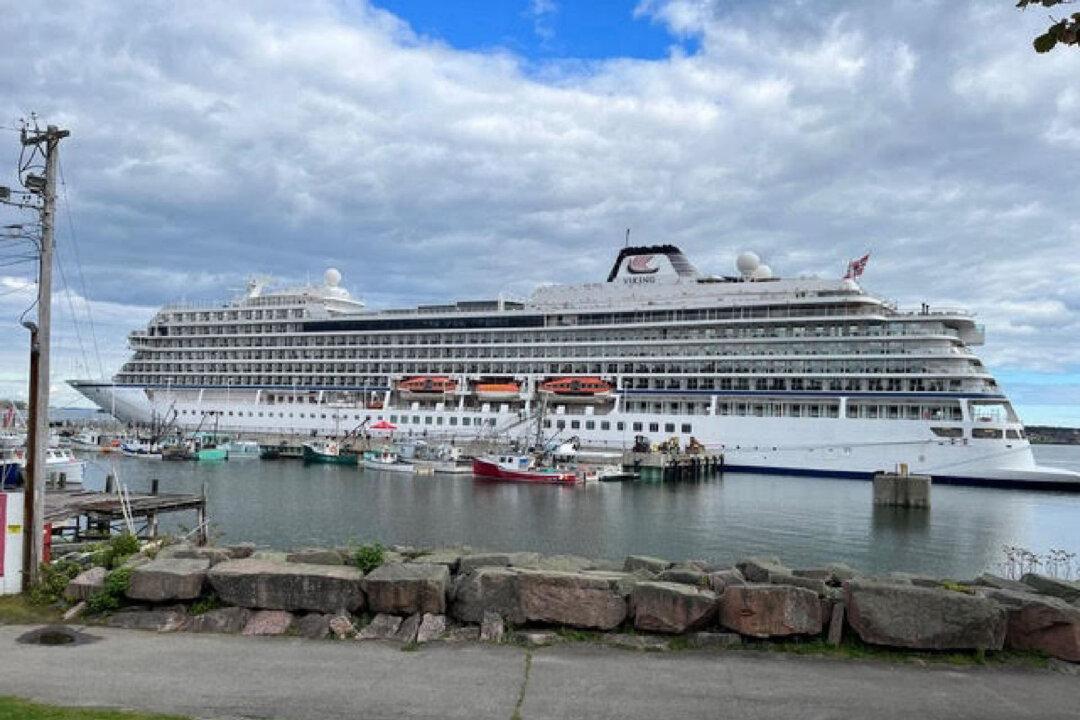Among multiple choices one can use to navigate the Down Under countries of Australia and New Zealand is a 14-day cruise aboard Holland America Line’s 1,918-passenger Noordam that my wife and I found to be a most comfortable option.
Arriving several days early in Auckland gave us time to explore New Zealand’s most important city while ensuring that nothing could jeopardize our departure. Auckland has a bustling and appealing waterfront, a smattering of elegant homes dating back to the colony’s mid-19th-century founding and a massive sky tower offering unbeatable views. Also nearby are numerous natural and rural destinations that make for comfortable day trips.





